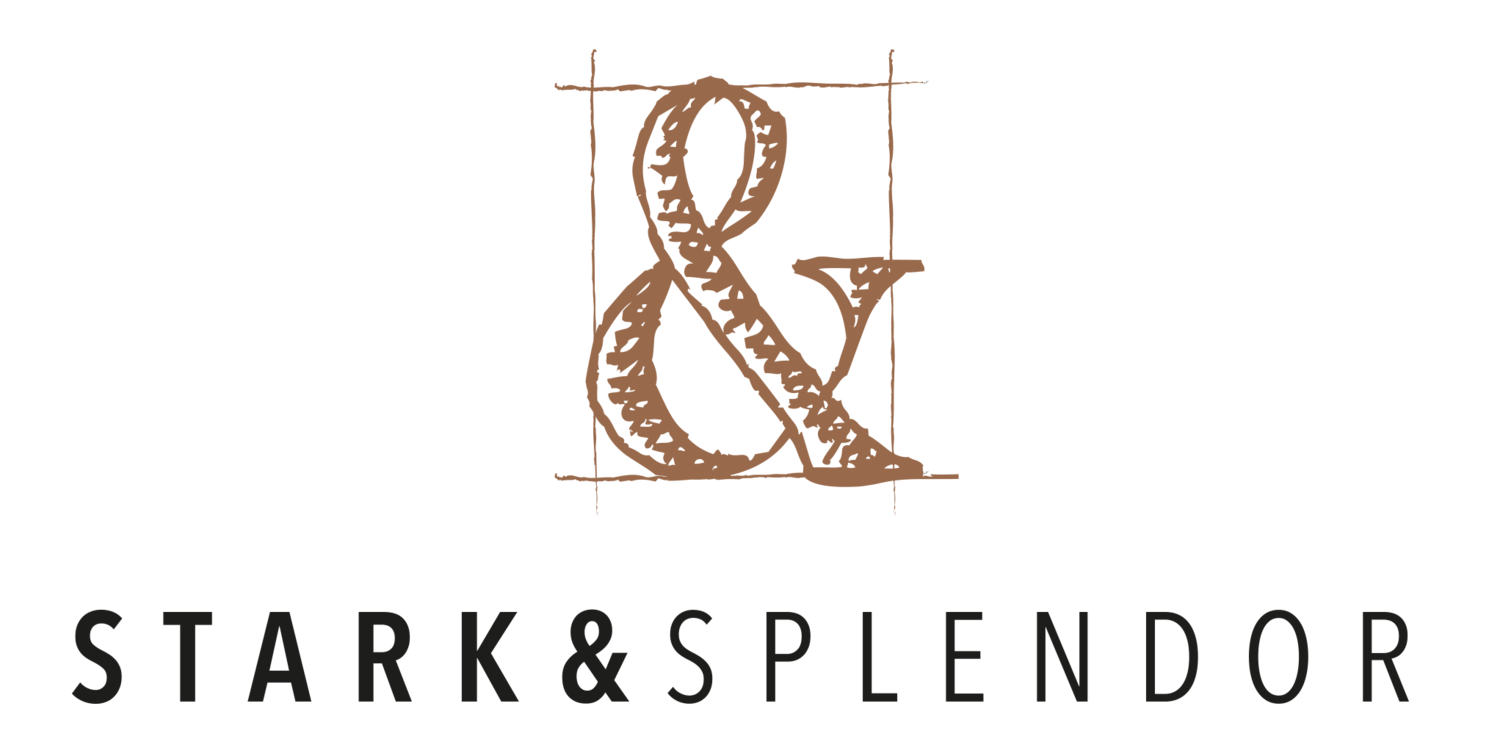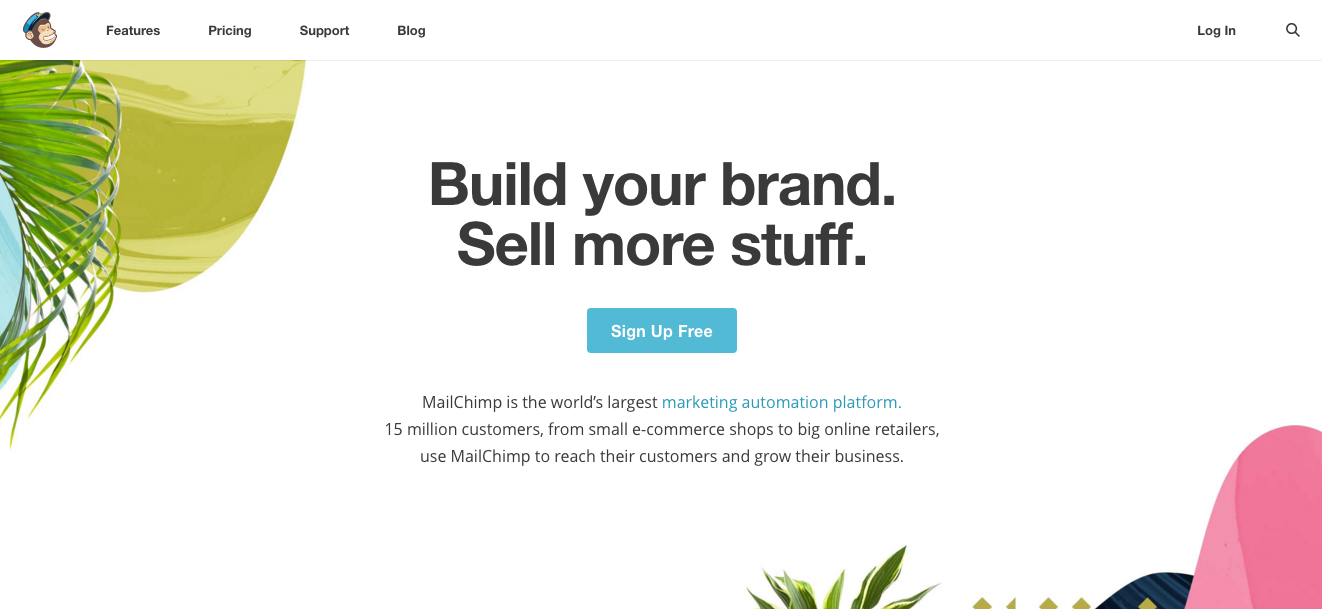A couple of days ago I was listening to the How I Built This podcast (obsessed). The guest was Jonah Peretti, co-founder of Buzzfeed and, drop the mic, brother of Brooklyn Nine-Nine's Gina.
Jonah was talking about how he built his media empire, but what caught my attention were his observations on what makes things go viral.
The #1 thing he cited? Humor.
Turns out, we love sharing funny because laughing at the same thing bonds us to our people.
It makes a lot of sense and it got me thinking about the power of humor in brand language. Brands that hone their own kind of funny cut through the noise, get shared, and create tight bonds with their customers through a voice and style that's hard for competitors to copy.
If funny brands mean serious business...
How do we infuse our brands with humor without crashing and burning?
I'm no Gina, but these 5 tips are a start.
1. DO know your audience
Your customers are your starting point for everything. Will they appreciate your humor? Are there generational or cultural barriers that might impact how your voice is received? If you think some segments of your audience will love a humorous tone and others won’t, then perhaps your audience is too broad and you should consider narrowing in on your ideal customers.
2. DON’T ignore the competition
Who else is doing humor in the market? Who’s succeeding and who’s not pulling it off? If others are doing humor you’ll have to work extra hard to find your unique voice so you’re not perceived as a “me too” brand.
3. DO have a serious value proposition
The residential rental sector isn’t really known for its interesting brands, but Uncle is different.
From its bold tagline, “a landlord that’s got your back,” to its quirky brand video, to its funky blog, FUNCLE, it's humor is a powerful differentiator in a historically corporate market.
The humor works so well because it's backed up by a value proposition that's nothing to laugh at—100% owned and operated properties, onsite residential managers, zero hidden fees, a 48-hour repairs policy, 2-months’ notice even if you’re in the middle a lease, and more.
4. DON'T ignore the funny people on your team
A band voice is an expression of the collective personality, values and points of view of the people who make up the brand. To be a funny brand, you have to empower the funny people on your team to use their humor in internal and external communications.
The makeup company Glossier, known for its sassy, approachable tone of voice, is a great example of this concept. Check out this cheeky out of office message from one of its team members posted to the brand's Instagram Stories. It's not over-the-top, rolling-on-the-ground, laughing-till-you-cry funny. But it has just the right amount of snark and wit to suit this millennial-minded brand.
5. DO delight your customers
Funny is a high bar. It takes skill, practice, and, sometimes, professionals to pull off.
Delight is much more achievable and a great goal for brands that want to add more levity into their communications. Below, Postable does a great job of this by slipping in a "Viva snail mail" rallying cry in an otherwise straight forward confirmation email.
What do you think?
Are you making humor an important part of your brand? Share any tips, insights or blunders below.
Let's be pen pals!
Tap into my free brand and writing wisdom by subscribing to Starknotes. Be the first to hear about exclusive offers and freebies, and get my best advice for building a great brand from the inside out straight to your inbox.












